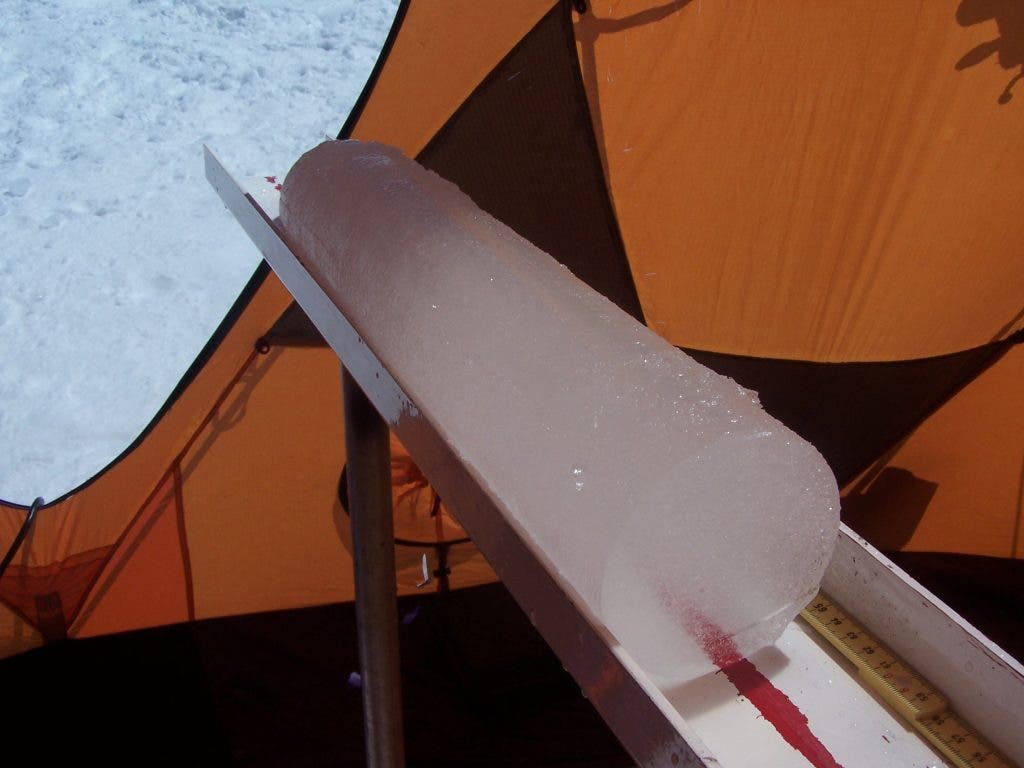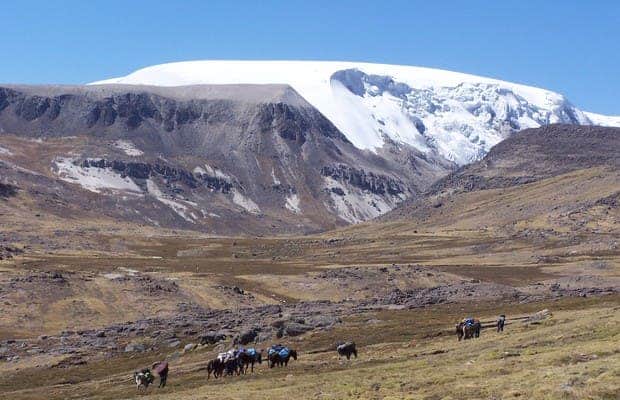We tend to think of pollution as a modern thing; after all, industrial pollution should be, well… industrial, right? Well, not quite: a group of researchers found 400 year old traces of pollution in the Peruvian Andes. The pollution was caused when the conquistadors forced the Inca to mine silver from “mountaintop mines”.
Ancient Pollution

In the 16th century, Spain became one of the world’s leading powers in the world; but it wasn’t really hard work and progress that fueled their development – it was the conquest of vast parts of South America. They killed and enslaved native populations and took over their riches. According to a new study, they also caused the first industrial pollution, 150 years before the industrial revolution.
The city of Potosí has a rich industrial history – so rich that UNESCO has designed it as a World Heritage Site. The Inca were mining silver there way before they were invaded in the 16th century, but the Spanish introduced a new, more efficient (and more polluting) technique. The technique led to thick clouds of toxic dust rising over the Andes for the first time in history; the clouds then traveled hundreds of miles to Peru, where they settled on the Quelccaya Ice Cap at an average altitude of 5,470 meters (17,950 feet). It was there that they stayed until 2003, when researchers from Ohio State University found them. Researchers have called Quelccaya ice cores a “Rosetta Stone” for gauging Earth’s climate history.
Thbe Spanish were not kind rulers. They instated a system of slave labor and forced the Inca to mine silver from what was, at the time, the world’s biggest mine. They also brought in amalgamation – a process which used mercury to extract the silver ore. The idea was to grind everything to a powder and then mix it with mercury. When clouds of lead-laden dust started to spread, pollution in the area was born.

“This evidence supports the idea that human impact on the environment was widespread even before the industrial revolution,” said Paolo Gabrielli, a research scientist at the Byrd Polar and Climate Research Center at Ohio State and corresponding author of the study.
Lonnie Thompson, Distinguished University Professor of earth sciences at Ohio State and co-author of the study suggested that this find could not only paint a more accurate picture of historical pollution, but also help us understand how pollution travels and improve future models.
Digging a Frozen Mountaintop
The fact that a part of the pollution has traveled so far away means that we are dealing with a significant amount. For this study, the researchers used a mass spectrometer to measure the amount and type of chemicals present in the ice dating back to 800 AD. They looked for antimony, arsenic, bismuth, molybdenum and especially lead; traces of these elements were associated with the amalgamation process.
“The fact that we can detect pollution in ice from a pristine high altitude location is indicative of the continental significance of this deposition,” Gabrielli added. “Only a significant source of pollution could travel so far, and affect the chemistry of the snow on a remote place like Quelccaya.”
They used mass spectrometry and found several peaks in values for those elements; they then compared their results with those from a peat bog in Tierra del Fuego, Chile, and from sedimentary lake records from regions including Potosí and other mines throughout Bolivia and Peru in order to eliminate natural, background levels (caused by volcano eruptions, for example).
Still, even though there was significant pollution in the 16th century, it’s nowhere near today’s levels. While that pollution caused no noticeable effect on a global scale back then, international geological governing bodies are currently considering whether to officially call our current epoch the Anthropocene, or “Age of Humans,” due to how much we are changing the environment.


